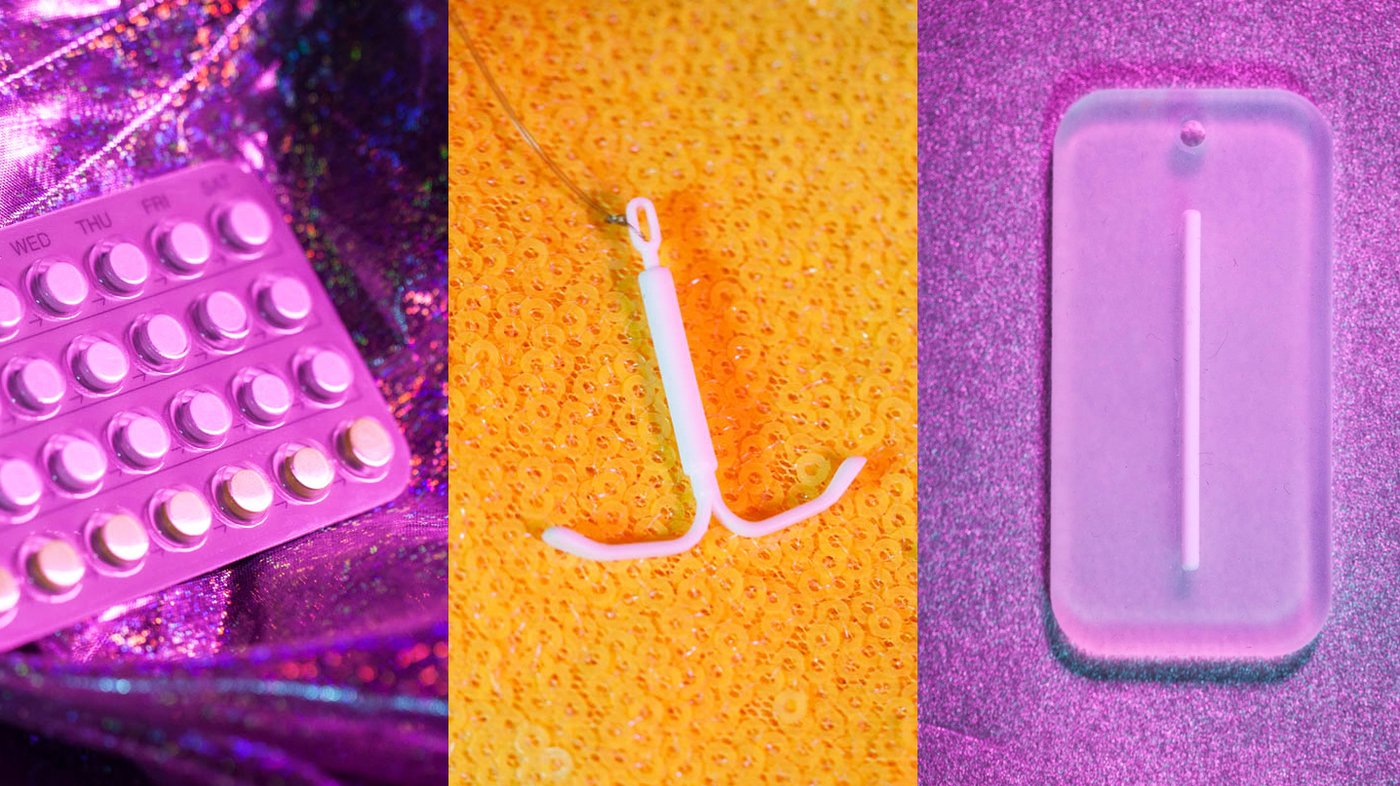17 October, 2023
Esosa N. Igie
Empowering Choices: Navigating Contraception for Every Woman
In a world where women's choices matter more than ever, the domain of contraception assumes a crucial part. From family planning to personal well-being, selecting the right contraceptive method is a decision that requires careful consideration. This article aims to shed light on various contraception options, focusing on inclusivity and understanding the diverse needs of women.

Choosing the right contraception empowers women to take control of their reproductive health.
The Importance of Inclusivity
Embracing Diversity in Contraceptive Options
When it comes to contraception, there is no one-size-fits-all solution. Each woman is unique, and her contraceptive choice should reflect her individual needs, lifestyle, and health considerations. From hormonal methods to barrier methods, exploring diverse options ensures that every woman can find what suits her best.

Copper T Cu 380A is a type of intrauterine device (IUD) used for long-term contraception. It is commonly known as the Copper T. This IUD is a small, T-shaped device that is inserted into the uterus to prevent pregnancy. The "Cu" in its name refers to copper, which is a component of the device.
The Copper T works by releasing copper ions into the uterine cavity. These ions have spermicidal effects, inhibiting the movement and function of sperm, which helps prevent fertilization. Additionally, the presence of the IUD in the uterus creates an environment that is not conducive to implantation, further reducing the chances of pregnancy.
| Type of Contraception | Copper T Cu 380A is a contraceptive device that is inserted into the uterus to prevent pregnancy.
| Material | It is made of plastic and has a T-shaped frame with a coating of copper on the arms and stem.
| Copper as Contraceptive | The copper on the device acts as a spermicide, inhibiting the movement of sperm and preventing fertilization.
| Long-Acting | It is a long-acting reversible contraceptive (LARC) method, providing protection against pregnancy for an extended period.
| Duration of Effectiveness | Copper T Cu 380A is effective for up to 10 years, making it a long-term contraceptive option.
| Mechanism of Action | The device prevents pregnancy by creating an environment that is hostile to sperm, preventing fertilization. It may also affect the movement of the egg and interfere with implantation.
| Non-Hormonal | Unlike some other forms of contraception, Copper T Cu 380A does not release hormones into the body. It is a non-hormonal contraceptive method.
| Reversibility | Fertility typically returns quickly after the removal of the Copper T Cu 380A.
| Insertion and Removal | The device is inserted into the uterus by a healthcare professional during a simple office procedure. Removal can also be done by a healthcare provider.
| Suitability | It may be suitable for women who cannot or prefer not to use hormonal contraceptives.
| Efficacy | Copper T Cu 380A is highly effective at preventing pregnancy, with a low failure rate.
| Material | It is made of plastic and has a T-shaped frame with a coating of copper on the arms and stem.
| Copper as Contraceptive | The copper on the device acts as a spermicide, inhibiting the movement of sperm and preventing fertilization.
| Long-Acting | It is a long-acting reversible contraceptive (LARC) method, providing protection against pregnancy for an extended period.
| Duration of Effectiveness | Copper T Cu 380A is effective for up to 10 years, making it a long-term contraceptive option.
| Mechanism of Action | The device prevents pregnancy by creating an environment that is hostile to sperm, preventing fertilization. It may also affect the movement of the egg and interfere with implantation.
| Non-Hormonal | Unlike some other forms of contraception, Copper T Cu 380A does not release hormones into the body. It is a non-hormonal contraceptive method.
| Reversibility | Fertility typically returns quickly after the removal of the Copper T Cu 380A.
| Insertion and Removal | The device is inserted into the uterus by a healthcare professional during a simple office procedure. Removal can also be done by a healthcare provider.
| Suitability | It may be suitable for women who cannot or prefer not to use hormonal contraceptives.
| Efficacy | Copper T Cu 380A is highly effective at preventing pregnancy, with a low failure rate.
Understanding and embracing the diversity of contraceptive methods with Lydia leads to better choices for women.
Breaking Taboos: Contraception Conversations
Fostering Open Dialogues
Breaking the silence surrounding contraception is crucial. Conversations about family planning, sexual health, and contraception should be normalized, creating a supportive environment for women to make informed decisions. Open dialogues can dispel myths and empower women with accurate information.

Open conversations about contraception contribute to a more informed and empowered society.
Dispelling Common Misconceptions
Misinformation often surrounds contraception, leading to confusion and hesitation. It's essential to debunk common myths, such as the belief that contraception is solely a woman's responsibility. Educating both men and women about the various contraceptive methods and their shared role in family planning is vital.
Dispelling myths creates a foundation for informed decisions and shared responsibility.
Access to Education and Resources
Bridging Gaps in Knowledge

Access to education is key to making informed decisions about contraception. Providing women with resources and information ensures that they can navigate the plethora of contraceptive choices confidently. Empowering women with knowledge are crucial steps towards fostering a culture of informed decision-making.
Inclusive Healthcare Practices
Ensuring Accessibility for All
A woman's socio-economic status should not be a barrier to accessing quality healthcare, including contraception. Inclusive healthcare practices prioritize affordability, accessibility, and understanding the unique needs of everyone. By removing barriers, we create a healthcare system that serves everyone.

Inclusive healthcare practices ensure that every woman has access to quality contraception.
The Future of Contraception
Innovations and Advancements
As technology continues to advance, so does the landscape of contraception. Innovations such as long-acting reversible contraceptives (LARCs) and digital health solutions are changing the game. Staying informed about these advancements empowers women to make choices that align with their preferences and lifestyle.


Embracing technological advancements in contraception leads to more choices and tailored solutions.
Conclusion
In conclusion, navigating the world of contraception is a personal journey that requires understanding, support, and access to accurate information. By fostering inclusivity, dispelling myths, promoting education, and embracing innovations, we pave the way for a future where every woman can make empowered choices regarding her reproductive health. It's time to celebrate diversity and empower women to take control of their destinies.
NOTE: consult with a healthcare provider to discuss its suitability for them and to ensure proper insertion and monitoring.
Call 7790
Visit: www.honeyandbanana.com



